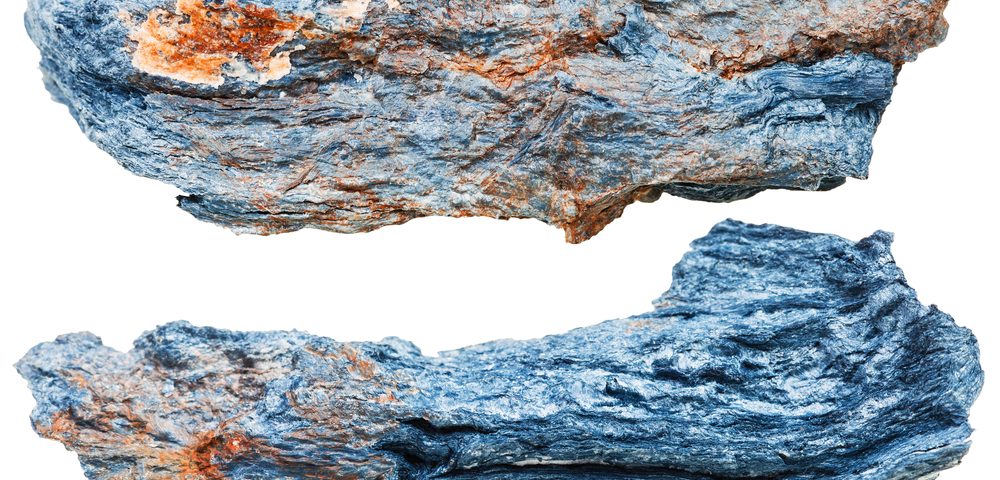Indigenous people in western Australia die of mesothelioma at a higher rate than anywhere else in the world, researchers at the University of Western Australia report, with more than two-thirds of these cases caused by asbestos mining in a town called Pilbara.
Researchers, led by Dr. Peter Franklin, an epidemiologist at the university, found that 67 percent of mesothelioma cases among the Aboriginal population of western Australia were a result of asbestos mining at the Wittenoom Gorge, compared with fewer than 25 percent of cases among non-Aboriginals. According to Dr. Franklin, this difference has nothing to do with biology, and everything to do with the indigenous population being more widely exposed to crocidolite, a potent form of asbestos that’s also known as “blue asbestos.”
“Many of the Aboriginal cases worked in the dusty, lower-paid job of loading raw crocidolite for transport to the ports, more than 300 km from the mine,” Dr. Franklin said in a news release. “So as a proportion, Wittenoom affected them [Aboriginal people] much more than it did non-Aboriginal people.”
From the 1930s to 1966, nearly 7,000 people, mostly men, mined blue asbestos at the gorge. Researchers examined western Australia’s Mesothelioma Register from 1960 to 2013 to investigate all cases of asbestos-related cancer, and discovered that more than 300 former mine workers and about 100 former town residents died of mesothelioma during those years.
Among Aboriginals, the death rate due to this cancer was more than double the rate in the United Kingdom — the country with the world’s highest national average. Dr. Franklin suggested that the rate might even be under-reported, since many Aboriginals live in remote areas and may not have sought medical help for their illness.
Mining of blue asbestos at Wittenoom, 1,106 kilometers north of Perth, ceased in 1966 and it was later closed due to health concerns. But microscopic fibers from the mining operations still litter the town, the researchers said, and pose a risk if inhaled.
The number of Aboriginal cases also may grow. “The area around Wittenoom remains important to the Banyjima people, who continue to visit the gorge for swimming, fishing, cooking and cultural purposes,” Dr. Franklin said.


